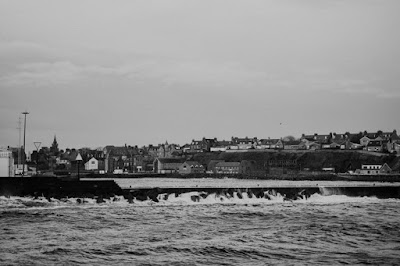Getting the Knack of Deep Water Monitoring Systems – What to Measure and What to Instruct Your Team
The minutiae of undersea fiber communications systems may seem large, abstract and rather unnecessary to your daily life. Yes, marine engineering is difficult to wrap one’s head around, and if you are not directly on a team involved in deep-sea diving, research or subsea installation, you may not need to know all of the ins and outs of how undersea cables and ultra short baseline trackers work. However, if you are in the telecommunications, oil, renewable energy, professional diving or even marine science-fiction industries, you should definitely have a basic understanding of what deep water monitoring systems look at in their daily processes.
For the sake of all of you who know little to nothing about undersea fiber cables and subsea ocean environments, here is a little briefing on the types of things oceanographers and researchers monitor when they embark on a subsea installation project.
Undersea Fiber Communications Systems: A Quick Overview
The cables that run deep under the surface of the sea, on the ocean floor gliding from shore to shore over thousands of miles and under tons of water pressure, make up an advanced communications system that accounts for over 90% of the world’s international mobile calls. These cables also help provide private networks to clients and individuals who desire them. If, in the worst case scenario you are stuck in Europe with no way to call home, and trust me, this writer has been in this scenario, undersea cables make it possible to reach home through old-school cell phones and telephones.
In order to maintain the stability of these Undersea Fiber Communication Systems though, ocean engineers have to implement what is called a “monitoring system,” to not only check on the status of their equipment, but also to monitor the overall environment surrounding the equipment.
Potential Difficulties with Deep Water Monitoring Systems
Depending on the geographic location of your underwater cable system, you may run into some problems with regards to monitoring these systems. In areas where multiple jurisdictions have claim to a body of water, you will need the cooperation of local governments. Yours will not be the only underwater engineering project in the world, sadly. If you are not in communication, or at worst if you are somehow impeding another party’s research or subsea installation, then you may face some consequences from local businesses and governments.
Additional Read: A Guide to Subsea Project Management and the Standard Procedures of Ocean Observing Neworks
In order to secure the success of your own project, you need to be in steady contact with the other teams. Such cooperation may be tiresome, but if you share your resources together you can start to get a better sense of the overall environment. Comparing notes and data can contribute to a “patchwork” of data, or in other words a sharper image.
Your team will likely be monitoring some or all of the following: pressure, temperature, currents, movement (of fish), shifts in plates on the ocean floor, reactivity to electrical signals. In order to be able to monitor all of this information, you will need a team to do so. When selecting your team, be sure to show gratitude to the workers manning the deep water monitoring systems, as their massive effort allows for the success of the entire project.




Comments
Post a Comment